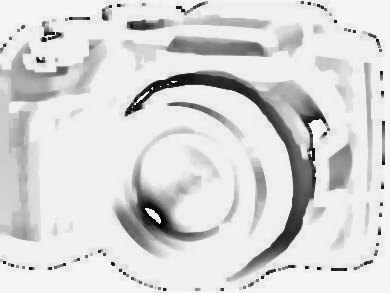Uwe Bunz and colleagues, Heidelberg University, Germany, show that collecting robust color information from emissive solutions is faster and more efficient using photography instead of emission spectroscopy.
To compare photographic and spectroscopic data, the team used the chromaticity coordinates r,g.
From emission spectra these are extracted by using color matching functions. To extract the color information (rg values) from the RAW data of a photograph, pseudo color matching functions are used to calibrate the camera. The rg values are extracted from the emission spectra by multiplication of the spectra with the calibrated, camera pseudo color matching functions. The photograph/spectra relation is biunique, as long as a single emission line is concerned. This is true for most practical cases.
The team verified their method on light emitting diodes (LEDs) as well as on solutions of inorganic quantum dots and organic fluorescent dyes.
- Photoscopy: Spectroscopic Information from Camera Snapshots?,
Uwe Bunz, Thimon Schwaebel, Sebastian Menning,
Chem. Sci. 2014.
DOI: 10.1039/c3sc52928b

